Manufacturing Waste Companies Don't Want Us to Know About

When you run a business that makes or sells physical products, more waste means fewer profits—simple as that.
Whether it’s excess inventory or redundant processes, manufacturing waste prevents companies from achieving their full potential and makes them vulnerable to competitors. It’s nearly impossible to run a zero-waste manufacturing business. However, the right insights enable companies to proactively avoid waste and streamline production.
We’ll explore common types of manufacturing waste, how to identify waste in your production process, and most importantly, how to minimize manufacturing waste so you can maximize your profits.
7 Types of manufacturing waste
Manufacturing waste is an umbrella term for anything that requires resources but doesn’t add value for customers. Manufacturing waste can be grouped into two main categories:
Necessary waste: This refers to items or processes that don’t directly add value to customers but are needed to run the business—for example, quality assurance testing or production planning meetings.
Pure waste: This refers to items or activities that don’t add value and aren’t necessary to support the production process. This could be defective products or an employee waiting to use a machine.
The idea of systematic waste reduction originated from the Toyota Production System, which outlined “seven wastes of lean manufacturing:”
Waste of inventory: Excess inventory increases storage costs. This could be overstock or “just in case” inventory to meet unexpected demands.
Waste of transportation: Unnecessary movement of materials that isn’t necessary and doesn’t add value to customers. Examples of transportation waste include inefficient delivery routes or supply chain delays.
Waste of motion: Movements of machinery (or employees) that are redundant or unnecessary. For example, rummaging through paperwork or constantly moving equipment around a manufacturing facility.
Waste of waiting: Idle employees or machines that cause production bottlenecks. This could be documents pending approval, workers waiting for a machine, or goods waiting to be delivered.
Waste of overproduction: Producing more goods than needed to meet customer needs. This increases storage costs and increases the chances of spoilage.
Waste of overprocessing: Performing unnecessary steps in the production process. For example, painting the inside of a product that users will never see.
Waste of defects: Defective materials or low-quality products that can’t be used because they don’t meet quality standards. This can include incorrectly assembled items or dysfunctional machinery. Defects can be the most costly type of waste because they bleed into the other six forms of waste.
All seven types of waste are detrimental to the production processes. But before you eliminate them, you have to find them.
How to identify waste in your manufacturing process
Some forms of waste are obvious, like a broken machine. But others are harder to identify. Let’s cover a few ways to find waste in your manufacturing process.
1. Gather feedback from employees
One of the easiest ways to identify waste is by sourcing feedback from everyone involved with production, such as on-site managers or production line workers. These employees can give you ground-level insights into what’s working (and what isn’t) in the manufacturing process.
2. Value-stream mapping (VSM)
Value-stream mapping, or VSM, is a flowchart that outlines every step in the production process. By mapping out the people, processes, and information needed to deliver a product, organizations can easily identify areas of waste.
VSM is also known as “material- and information-flow mapping.”
3. Statistical process control (SPC)
SPC is a technique that involves using statistical analyses to measure and monitor the manufacturing process. By quantifying aspects of the production process, companies can get evidence-based insights instead of waiting until problems surface on their own.
4 Benefits of eliminating manufacturing waste
Reducing manufacturing waste makes your company more efficient and, in turn, more profitable. Let’s take a look at four key advantages you can gain by eliminating manufacturing waste.
Higher profits: Eliminating manufacturing waste is an effective way to reduce costs that aren’t necessary to run your business.
Increased productivity: Eliminating roadblocks streamlines the manufacturing process so you can accomplish more in less time.
Higher employee satisfaction: It’s hard for employees to thrive when their routines are bloated with redundant tasks or bloated processes. Eliminating manufacturing work can boost team morale and free up employees to focus on higher-level work.
Competitive advantage: Maintaining a lean manufacturing process keeps your company competitive, especially in uncertain times when the margin for error is slim.
5 Ways to reduce manufacturing waste
Establishing practices to reduce manufacturing waste is one of the most important steps companies can take to maximize efficiency and profitability. Here are five waste reduction tips you can implement at your facility.
1. Use inventory management software
Business management software gives you a comprehensive view of all materials involved in the manufacturing process. Here are a few ways QuickBooks Enterprise helps businesses reduce waste:
Automation of manual tasks reduces the risk of human error
Enhanced visibility helps you reduce obsolete and excess stock
Real-time inventory tracking lets you find and transfer items quickly
2. Automate your warehouse operations
Optimizing the layout and operations within your warehouse is a key component of waste management. The most efficient way to do this is with warehouse management system (WMS) software. This enables companies to maximize storage space, automate shipping tasks, and minimize friction during picking and packing.
3. Utilize just-in-time inventory management
Just-in-time (JIT) manufacturing is an inventory management strategy where materials are only purchased and received when they’re needed for production—not before.
The key benefit of JIT manufacturing is that it makes production runs shorter. These quick turnarounds reduce the likelihood of inventory becoming damaged or obsolete. Keeping fewer raw materials on hand also means you don’t need as much storage space.
Finally, JIT can minimize labor and operations costs since the factory isn’t manufacturing products just to store them in a warehouse.
4. Reduce packaging
Rethinking how you pack and ship products can significantly reduce manufacturing waste. Even small changes can yield big benefits in terms of profit and efficiency.
For example, when Apple launched the iPhone 12 they decided to only ship a cable but not the charger or earphones. This move cut down their packaging waste and reportedly increased Apple’s profits by $6.5 billion.
5. Establish a preventative maintenance schedule
Wear and tear is a normal part of any manufacturing process. However, establishing a regular maintenance routine can catch problems before they throw a wrench into your workflow. Scrambling to fix a breakdown in real-time results almost always costs more money (and time) than proactive maintenance audits.
This article originally appeared on the Quickbooks Resource Center and was syndicated by MediaFeed.org.
More from MediaFeed:
31 Possibly Deceptive Real Estate Listing Terms You Should Understand

Real estate has a language all its own. To figure out which homes may be worth looking at and which might not, you may want to use this handy real estate translator next time you peruse the listings. Consider this lingo, in alphabetical order:
1. As-is
If you see the words “as-is” in a real estate listing, proceed with some caution: This typically indicates that there are repairs or renovations that need to be done that the current owner is not going to address and is passing the burden off to the buyer. The real estate contract will likely specify this, if you do move forward with buying the home.
nensuria/istockphoto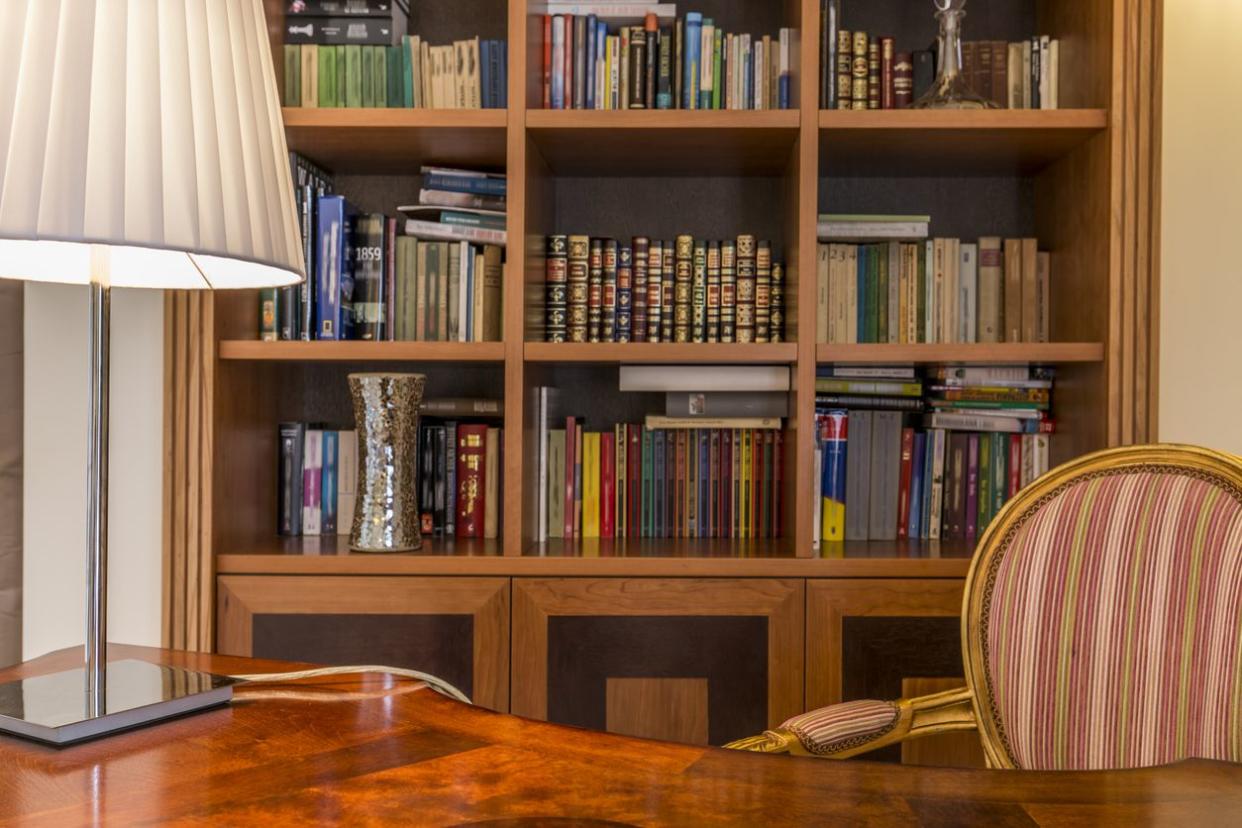
Built-ins are features like bookshelves, benches, or cabinets that are permanently built into the home itself, and are fairly common in older construction. Built-ins can be charming and convenient, but they can also limit the flexibility you have in arranging and decorating the space as you see fit.
(Learn more at Home Affordability Calculator)
KatarzynaBialasiewicz/istockphoto
While this descriptor may bring to mind a comfy armchair and a steaming mug of cocoa, in real estate, “cozy” tends to mean “small.” The home may have minimal square footage, meaning each room may have very limited space.
Irina Belova/istockphoto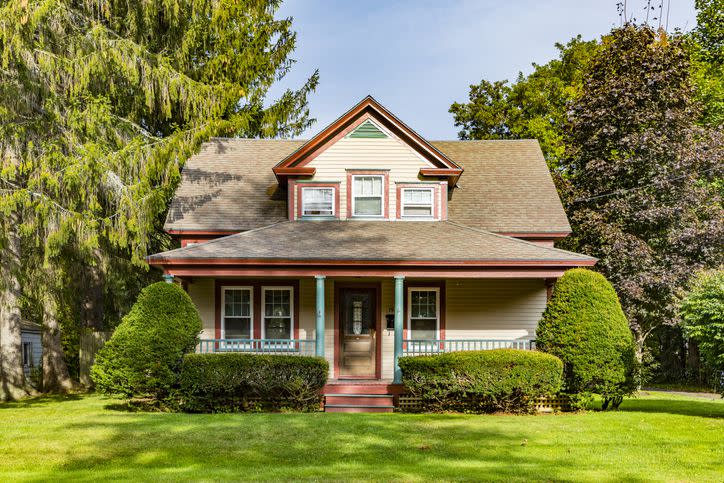
“Charming” is often another code word for a house with a small footprint, and may also indicate an older construction — which may, indeed, be charming, but might also end up needing costly repairs and renovations.
travelview / istockphoto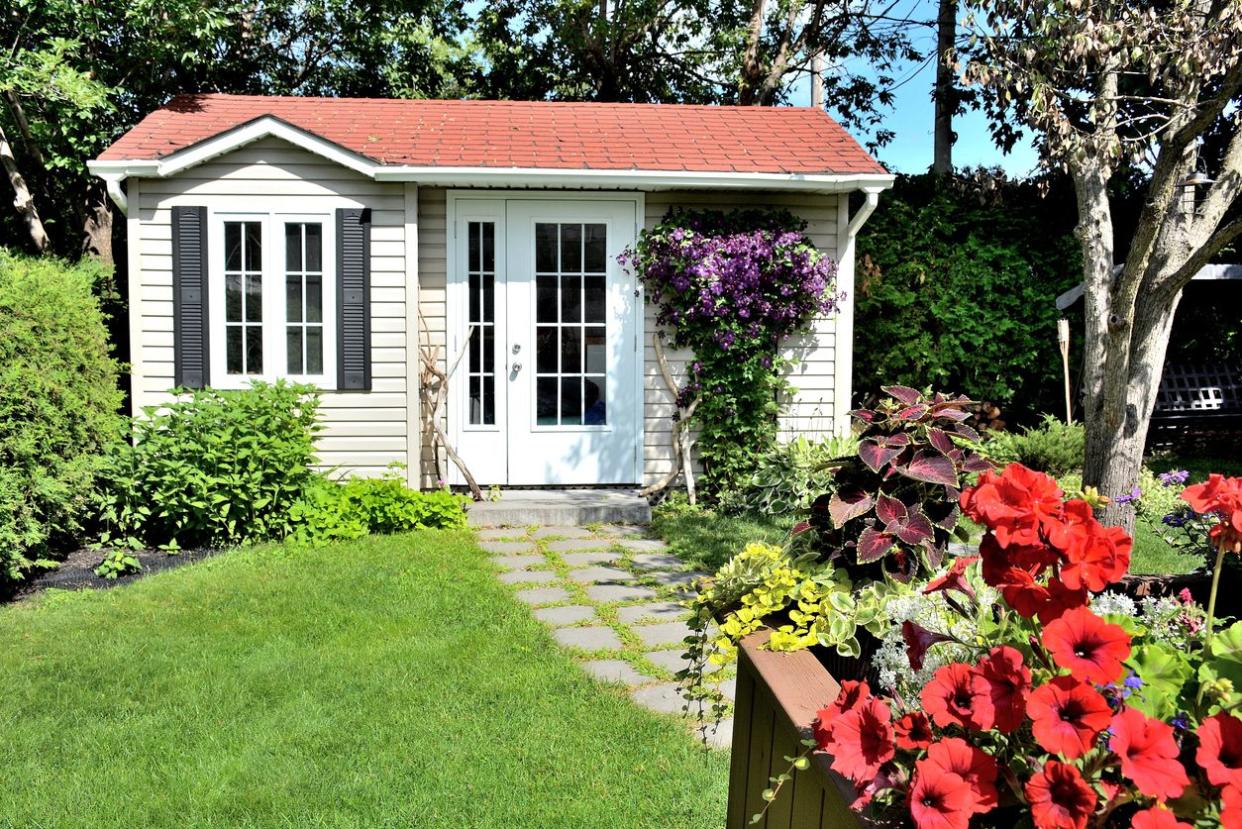
This is yet another word that sounds like it’s invoking a feeling when it may really be describing a size — and that size may be on the smaller side. Cottages tend to be one- to two-bedroom houses and, again, might also be dated.

While “custom” sounds cool, it may or may not be. This term indicates that the property includes some built-to-order features or additions that appealed to the previous owners. These features, however, may or may not be to your taste. Perhaps there’s a wall of windows you’ll love or a tub in the primary bedroom that you’d rather be relocated.
imaginima / istockphoto
A listing agent may use this term as a shortening of “fixer-upper.” In other words, major renovations are likely going to be needed.

A home with “good bones” is typically one that needs some renovation and repair, but whose original construction is solid and whose layout is desirable. In other words, the skeleton of a great home is there, but you may need to pay for home repairs and do other work to make it livable.
(Learn more atPersonal Loan Calculator).
Nastco/istockphoto
In a similar vein to “good bones” or “hidden gem,” a home with “great potential” is typically one that provides an opportunity for the right buyer — but which likely needs some work to get there.
LifestyleVisuals/istockphoto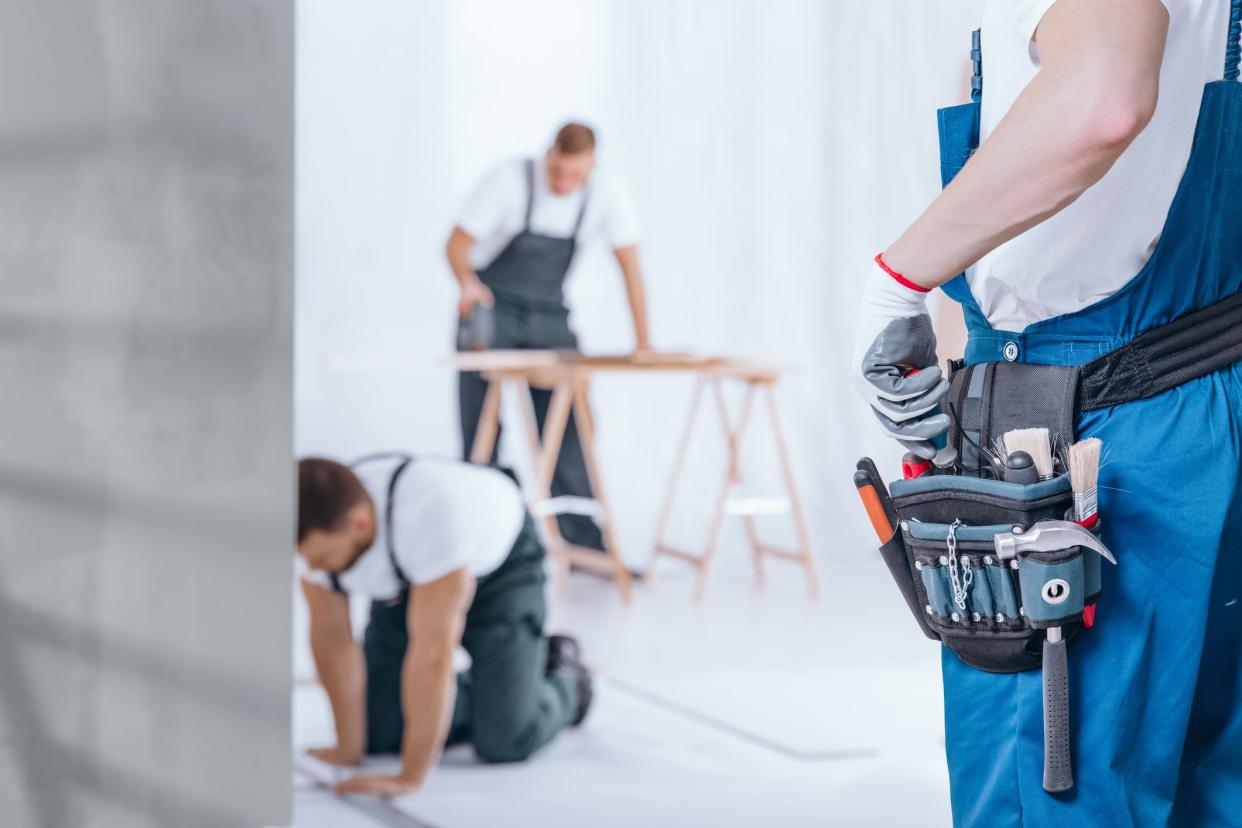
This is another term that can indicate that a property needs a lot of work — thus making it a good opportunity for a handy homeowner. The house may be priced lower than other, more fixed-up homes in the area.
KatarzynaBialasiewicz/istockphoto
These words might indicate a nice home in an out-of-the-way location or a home in a popular and trendy locale that needs some work. Either way, it can indicate that the property offers a great opportunity for the right buyer, though you may have to put in some work or make some sacrifices.

That sounds like a good thing, right? But a real estate agent might use this phrase to mean that a house is in pretty rough shape. It will likely take significant work to make livable, meaning you may only be able to buy it for cash or with a rehab loan, such as an FHA 203(k) home loan.
designer491/istockphoto
This indicates that the home may appear small in terms of square footage, but, when you are actually in the property and walking around, it feels a lot more spacious.
martin-dm/istockphoto
This is perhaps one of the most common real estate catchphrases. This language in a listing puts a heavy emphasis on a property’s location, which could potentially indicate that the house itself leaves something to be desired.
mapo/istockphoto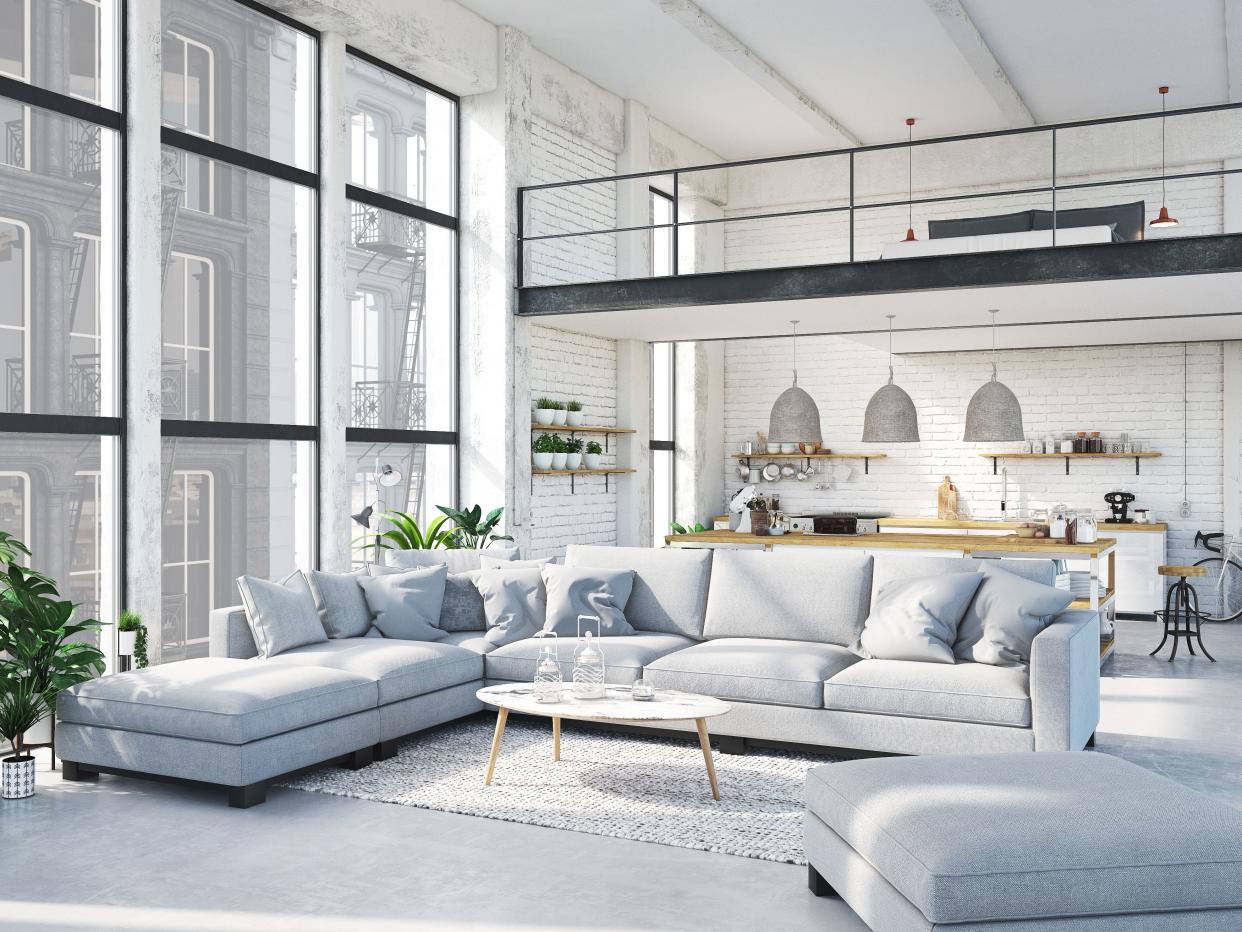
“Loft” indicates that the home is large, open, and airy, with high ceilings and few interior walls. The bedroom, for instance, may be situated on an open second-floor landing that looks out directly onto the living room below. This may make for a picturesque living situation, but also one with relatively little privacy.
2Mmedia/istockphoto
Here’s a tricky one. Although you might assume “modern” means that a place is newly constructed and contemporary in style, it can also refer to mid-century modern, an era of architecture and design dating to the 1950s and 1960s with a “Mad Men” vibe.
vicnt/istockphoto
“Motivated seller” means that the seller is motivated to make a deal go through and may be willing to hear lower offers or make concessions to get it to happen.

“Move-in ready” typically means a home doesn’t need any major, mandatory repairs and is ready for you to start living in as soon as you’ve closed on the property. Of course, this term does indicate that the seller probably has a lot of leverage to demand the highest possible offer on the home.

“Natural landscaping” might indicate that there’s actually very little landscaping at all. Rather, the property might have lots of wild-growing flora that needs to be cleared to create an organized outdoor living space, depending on your taste.
qingwa/istockphoto
As with “well-maintained,” “original details” suggests that the home has some older features that you may love, but may also require some maintenance/ upgrading in the future.
Wirestock/istockphoto
“Priced to sell” often indicates that the seller is pretty set on the price they’ve offered. It may indicate that you probably won’t be able to negotiate it down too far.
fstop123/istockphoto
Although “real estate agent” and “realtor” are often used interchangeably, REALTOR is actually a term trademarked by the National Association of REALTORS (NAR) . Real estate agents can only use the title REALTOR in all caps if they are members of NAR and adhere to the organization’s strict code of ethics.
fizkes/istockphoto
A home with “room to roam” is typically one with a larger-than-average lot with room to create outdoor living/play spaces or grow a garden. Or it may indicate that the house has a rambling layout.
Ruth Peterkin/istockphoto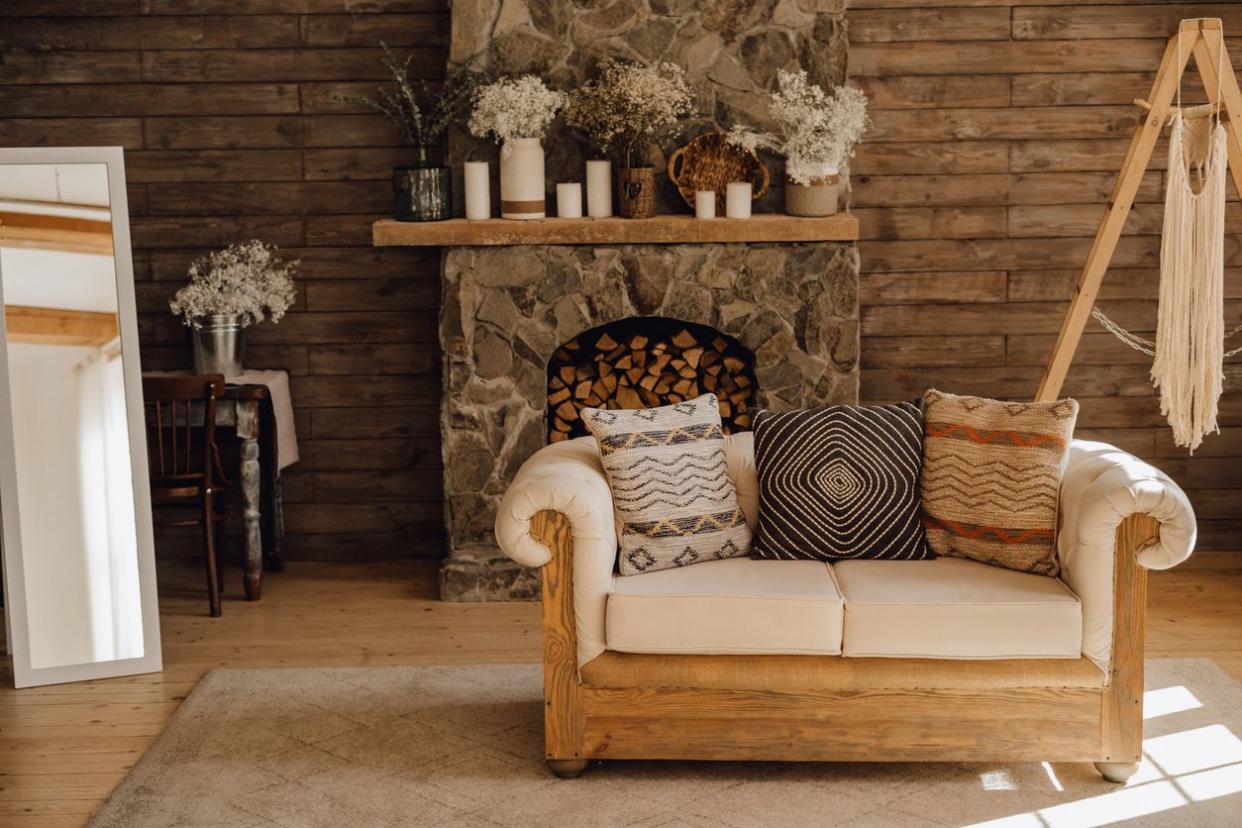
At its best, “rustic” might mean natural wood fixtures and a kind of casual, barn-inspired style. At its worst, “rustic” might mean old, unprofessionally constructed, or poorly maintained.

This term is usually meant to keep casual browsers or open-house visitors who are “just-looking” at bay. The seller likely doesn’t want to waste their time with people who aren’t seriously considering making an offer.

Short for “tender loving care,” TLC is yet another term in real estate listings that typically indicates the home in question needs some renovations and repairs before it’s comfortable — or even livable.
PixelCatchers/istockphoto
Basically a synonym for move-in ready; just turn the key, and you set up your home!
Nuttawan Jayawan/istockphoto
“Unique” is another word that can go either way. It could be used to describe a lovely, one-of-a-kind feature, like a rooftop patio. Or it could be used to describe something odd-ball, like a sunroom converted into a photographer’s darkroom.

An up-and-coming location is one that might actively be evolving or drawing new residents. However, it can also indicate that the neighborhood may still contain a fair number of run-down homes and have a way to go before it’s considered a hot housing market.
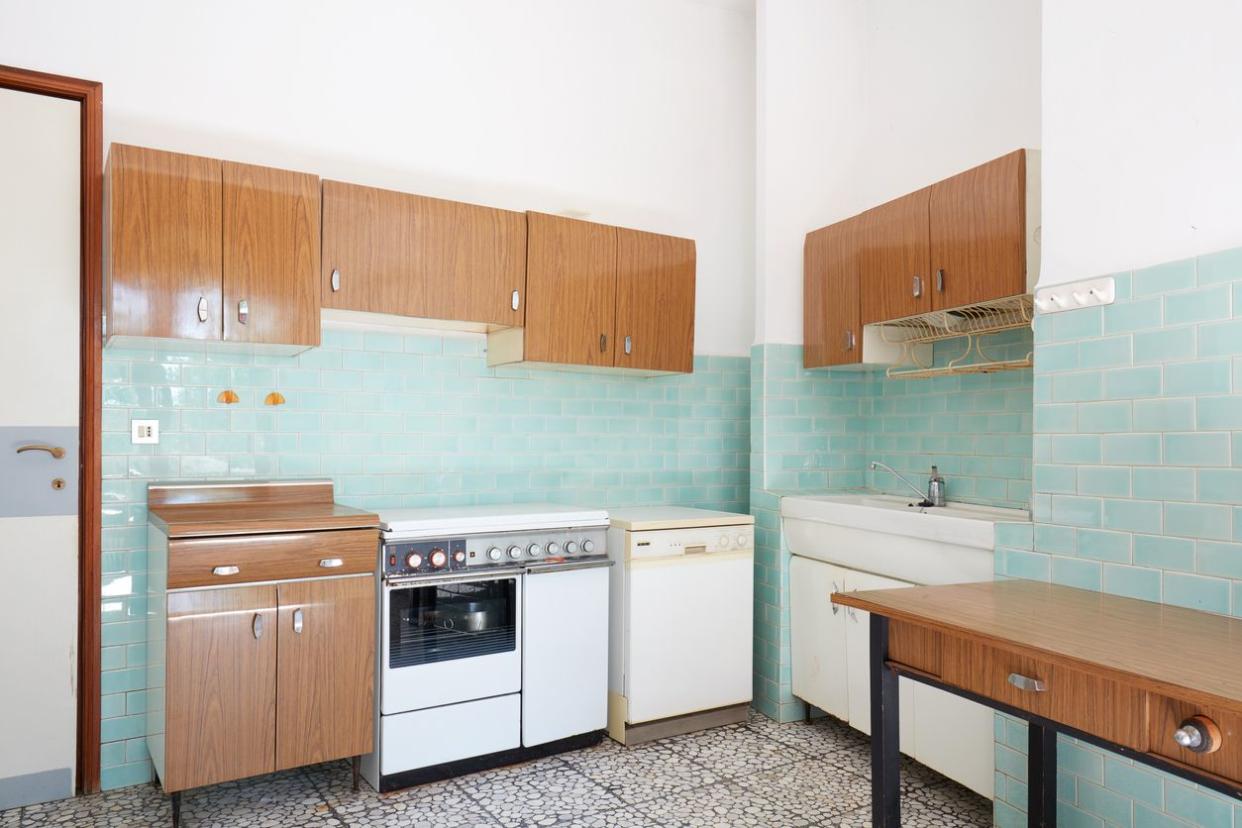
“Vintage” is generally code for “really outdated.” Those 1960s appliances might look cute in the pictures, but how much more life do they have in them before they need to be replaced?
:AndreaAstes/istockphoto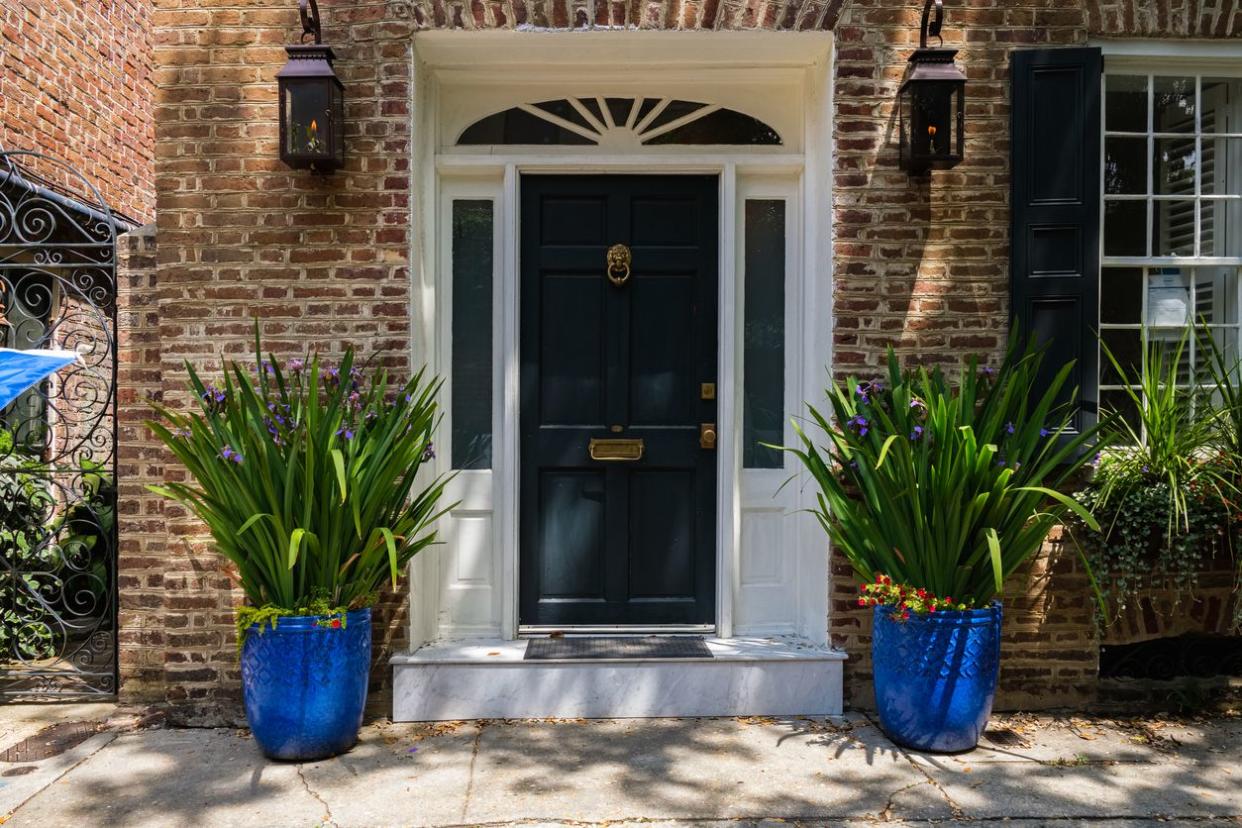
This term can act as a yellow light. “Well-maintained” often indicates that a property has some age on it. (After all, if it’s new, there’s nothing that has needed maintenance yet). An older home isn’t automatically a bad thing, but it does mean you may be faced with upgrades or appliance replacements sooner rather than later.
RAUL RODRIGUEZ/istockphoto
If you feel like property listings are sometimes written in a foreign language, you’re not entirely off-base. Listing agents often use terms that may be well-known in real estate circles, yet are unfamiliar to the average first-time home-buyer.
Agents may also use vague-sounding terms and phrases to make a home’s less-appealing qualities sound more attractive. Knowing how to decode real estate listings can be a great first step toward finding the perfect home.
This article originally appeared on SoFi.com and was syndicated by MediaFeed.org.
SoFi Loan Products
SoFi loans are originated by SoFi Bank, N.A., NMLS #696891 Opens A New Window.(Member FDIC). For additional product-specific legal and licensing information, see SoFi. Equal Housing Lender.
SoFi Mortgages
Terms, conditions, and state restrictions apply. Not all products are available in all states. See SoFi for more information.
Tax Information: This article provides general background information only and is not intended to serve as legal or tax advice or as a substitute for legal counsel. You should consult your own attorney and/or tax advisor if you have a question requiring legal or tax advice.
Financial Tips & Strategies: The tips provided on this website are of a general nature and do not take into account your specific objectives, financial situation, and needs. You should always consider their appropriateness given your own circumstances.
External Websites: The information and analysis provided through hyperlinks to third-party websites, while believed to be accurate, cannot be guaranteed by SoFi. Links are provided for informational purposes and should not be viewed as an endorsement.
Third-Party Brand Mentions: No brands, products, or companies mentioned are affiliated with SoFi, nor do they endorse or sponsor this article. Third-party trademarks referenced herein are property of their respective owners.
